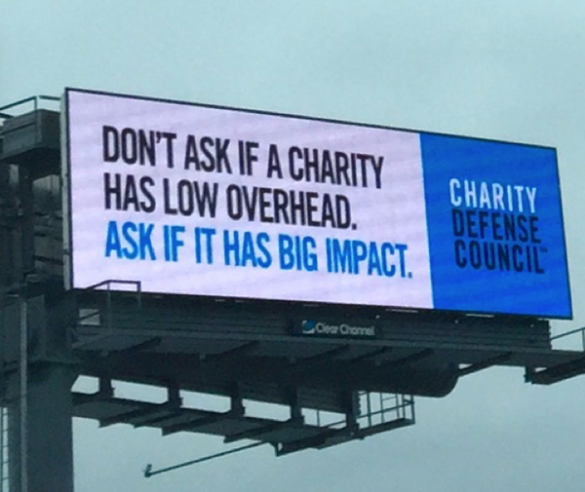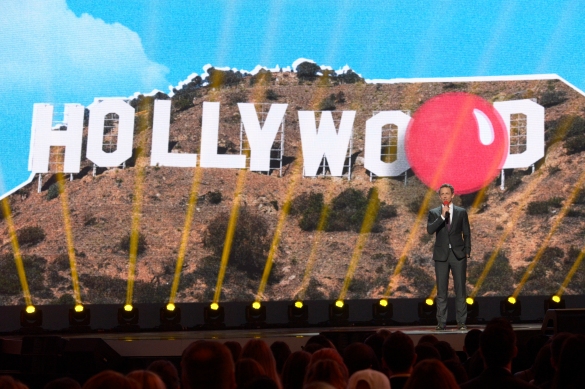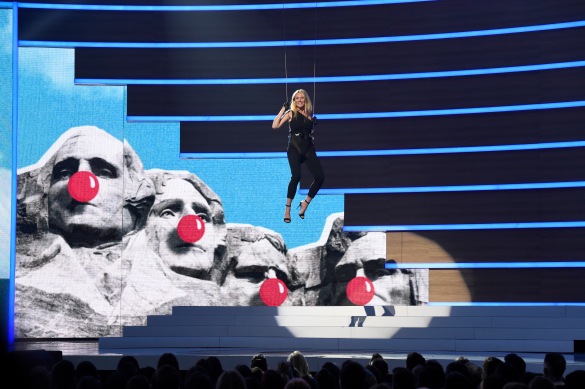This article originally appeared in The Guardian
“Braver, bolder and more daring than anything the [US] charity sector has at the moment.” That’s how seasoned US fundraiser and nonprofits advocate Dan Pallotta describes the Charity Defense Council (CDC), the organisation he founded which recently launched its first campaign.
Pallotta feels that umbrella organisations such as Independent Sector and Council on Foundations have legitimate roles, but believes the US sector is “missing some functions”. Established in 2013, CDC’s mission is to defend the work of US charities by countering negative press, positively promoting the sector and providing a legal defence fund.
The Massachusetts-based CDC threw its first punch as a charity “anti-defamation force” in August, with the issue of a media advisory criticising US news organisations ProPublica and NPR over their investigation of the American Red Cross’s reconstruction activities in Haiti after the 2010 earthquake.
The ProPublica/NPR story claimed that the charity’s excessive overheads and lack of expertise had produced disappointing results in Haiti. CDC argued that the overheads were justifiable and alleged that the reporting was flawed.
CDC president Pallotta says regular publication of advisories – at least 20 a year – will be a big focus over the coming months. “We didn’t figure NPR or ProPublica would issue an apology,” he says. “But it’s about creating a voice for CDC so people begin to respect it.”
With a 21-strong advisory board drawn from nonprofits and sector consultants, CDC is currently seeking its first executive director who will be expected to raise a $1m (£660,000) annual operating budget in the first year through grants, membership and individual major gifts.
The new hire will also oversee an extension of the ad campaign CDC launched earlier this year to defend charity overhead costs. Using donated billboard space across major roads in the Boston, Massachusetts area, the poster campaign stated: “Don’t ask if a charity has low overhead. Ask if it has big impact.” The campaign rolls out in New York and Washington DC later this year and will feature “overhead heroes” (charity employees) explaining why their costs make a difference to their cause.
Pallotta has long-argued that overheads are a necessity in the nonprofit sector and not a waste of donor dollars. His for-profit events company, Pallotta TeamWorks, created the Aids bike ride and breast cancer walk fundraising events, which netted charity clients $305m (£201m) over nine years.
But the company closed in 2002 when sponsors wanted to distance themselves because, as Pallotta says in his 2013 Ted talk, “we were being crucified in the media for investing 40% of the gross in recruitment and customer service and the magic of the experience”.
Tessie San Martin, president at development agency Plan International USA, welcomes CDC’s mission to educate about overheads. “Nonprofit spending on training and IT is a fraction of what for-profits spend in these two areas,” she says. “Is it because nonprofits do not need as sophisticated an investment in these and other related areas as for-profits? Of course not. It is because of the misguided belief that a low overhead is somehow virtuous and a high overhead is a sign of waste.”
CDC’s defence of competitive remuneration is something San Francisco-based resource development consultant Jill Linwood considers to be vital. “Here in the Bay Area, we are competing for some of the same folks that consider working for a great salary in tech,” she says. “We need to be able to offer a wage that is more than a quarter of the corporate offer.”
Andrew Watt, president and chief executive of the Association of Fundraising Professionals, which represents over 30,000 members worldwide, admires CDC’s aim of getting “top-level issues out there” but is “a little dubious” that adverts can influence mindsets unless individual charities are proactive, saying: “When there’s a negative issue, it’s a real opportunity for the charity to educate the public about how they work.”
In the UK, public concerns about aggressive fundraising techniques and excessive overheads have continued to dent confidence in the sector, and the recent government-commissioned review of fundraising has proposed a tougher regulatory regime.
Like the CDC, the recently-formed Understanding Charities Group (UCG) hopes to change public opinion. Coordinated by CharityComms and NCVO, the cross-sector group of charities, umbrella groups and agencies has devised a “theory of change” involving the public and the media. Activities include a closed LinkedIn group to act as a rapid response unit to media stories and a plan to improve generic charity coverage across a range of media.
Alan Gosschalk, fundraising director at Scope and chair of the UCG, says that, unlike the CDC, the UK group is not about the sector defending itself from attack and hopes to emulate the work of Imagine Canada, a 1,250-member organisation that supports and promotes charities. He says: “We want to enable charities to be more positive and on the front foot about what we do and the amazing things we achieve, rather than fighting off attacks.”





